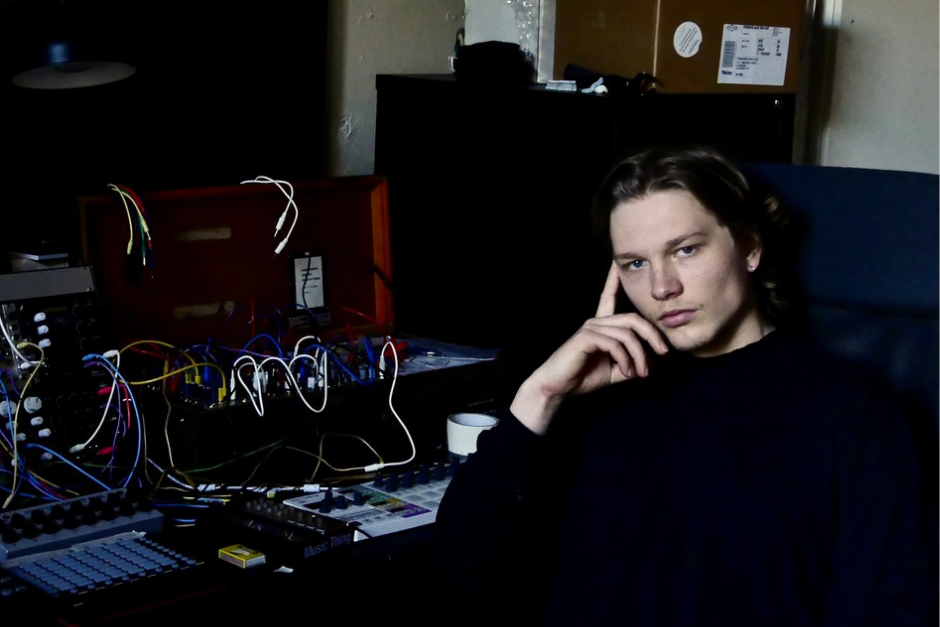Ben Reymann, hailing from Berlin, is an artist with a focus on creating a balanced combination of a more original and modern club-orientated sound. For the last six years, he has explored and experimented using various styles of techno. Intuitive and unique, his productions have been largely inspired by a Eurorack Modular Synthesiser.
As part of the new Unconfined Records VA compilation, Berlin-based artist Ben Reyamn shares 5 five tips on using modular synthesizers.
1. Getting Started
Getting started with modular really depends on a number of factors in my opinion. But in the end, it really comes down to some key questions; How familiar are you with sound design & synthesis? What do you want to use your modular rack for? How much time and money are you willing to invest? A modular system does not necessarily have to be very complex and difficult to understand, but it can be, and that’s what makes modular so great in my opinion. When thinking about starting with modular, make sure you understand the basics of sound synthesis (like what is an Oscillator, Amplifier or VCA, Filter or VCF, Envelope, LFO, etc.) or know in general how a synthesizer is built up and works. Once you got this down I highly recommend trying out VCV rack before spending money on buying modules and just learn the basics of patching and module arrangement. This is a free and open-source software modular synthesizer (kind of like a VST).
2. Do your research
When thinking about which modules to get you want to spend some time researching different modules to find out what makes them unique. There are hundreds of different modules from hundreds of different modular brands for a single function/ use. However, each one will have a slightly different character, look, feel, build, and functionality, making them all unique in one way or another. So do your research both online and if you can go try out the module in a local shop.
3. The Power of LFO’s
Now to some more technical aspects. So, in my opinion, what makes modular so great is first the diversity in functionality and character it offers of course, but more importantly the ability to automate pretty much any parameter by making use of various CV tools. One of the greatest and most powerful CV tools are LFO’s (Low-Frequency Oscillators). LFO’s come in all shapes and sizes, some make use of specific waveforms, some are totally random, and some can be triggered. By making use of LFO’s you can give a more natural and organic feel to your productions. Many modular heads say you can never have enough VCA’s (which is also true), but I would also say you can never have enough LFO’s!
4. More modules doesn’t mean better results
One thing I learned quite quickly (luckily), also due to not trying to overspend, is that continuously buying new modules to get a more diverse sound or being able to make more out of your rack isn’t necessary at all. I have seen and tried really big setups and really small setups, and in each case, they have their pros and cons. A big
setup gives you loads of possibilities in terms of patching and so on, but at the same time can be too much to handle (where to start, and where to stop?!). This in particular can have quite a negative impact on creativity I think. Being overwhelmed by something usually affects my creative flow, so oftentimes I prefer to keep it simple.
Simple doesn’t mean that you can’t make complex soundscapes though. A smaller setup can really push you to try and get the most out of each module, and oftentimes leads to you stumbling across new ways of patching various modules together in different ways. This in my opinion also helps you learn better and more effectively. I’m not saying small setups are better than big ones, I mean having a big wall of modules in front of you is super fun, but in terms of learning new things and being creative, I feel that a smaller setup can definitely work towards your advantage.
5. Think outside of the box
One of the coolest things about modular is that you are not restricted to follow a certain signal path, you can just simply create your own. This can lead to unexpected and surprising results, in both a good and bad way. So just experiment and don’t try and stick to any rules. Of course, every module is designed to work in a certain way and fulfill a certain function, that does not mean however that it can only be used in that way. Think of an ADSR envelope generator for example. Basically, it’s there to help you shape the soundwave your Oscillator is emitting, by being able to control the Attack, Decay, Sustain, Release with the envelope. Modular synth oscillators usually produce steady signals that don’t turn on and off, so to turn the signal on and off as the notes start and end, you need to patch the oscillator signal as well as the envelope CV signal into a VCA. By doing so, the VCA shapes the continuous signal from the oscillator with the CV signal from the envelope.
Traditionally that’s it, that’s what an envelope does. Now when thinking about it, CV signals like the one emitted from the envelope can be used to control almost anything with a CV input. So instead of using the nicely shaped gate signal coming out of your envelope to shape the signal from your oscillator, try patching it to something else like the CV input of your VCF (filter) frequency. By doing so you can use gate signals to sort of automate/ trigger a change in the frequency setting of your VCF and at the same time shape that gate signal with your envelope, allowing you to control the Attack, Decay, Sustain, and Release of the gate signal. Sounds fun right? Well, go try it and see how it sounds.











